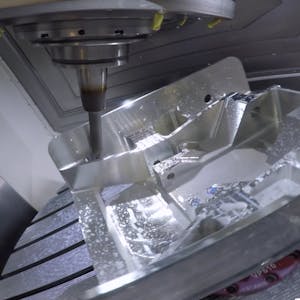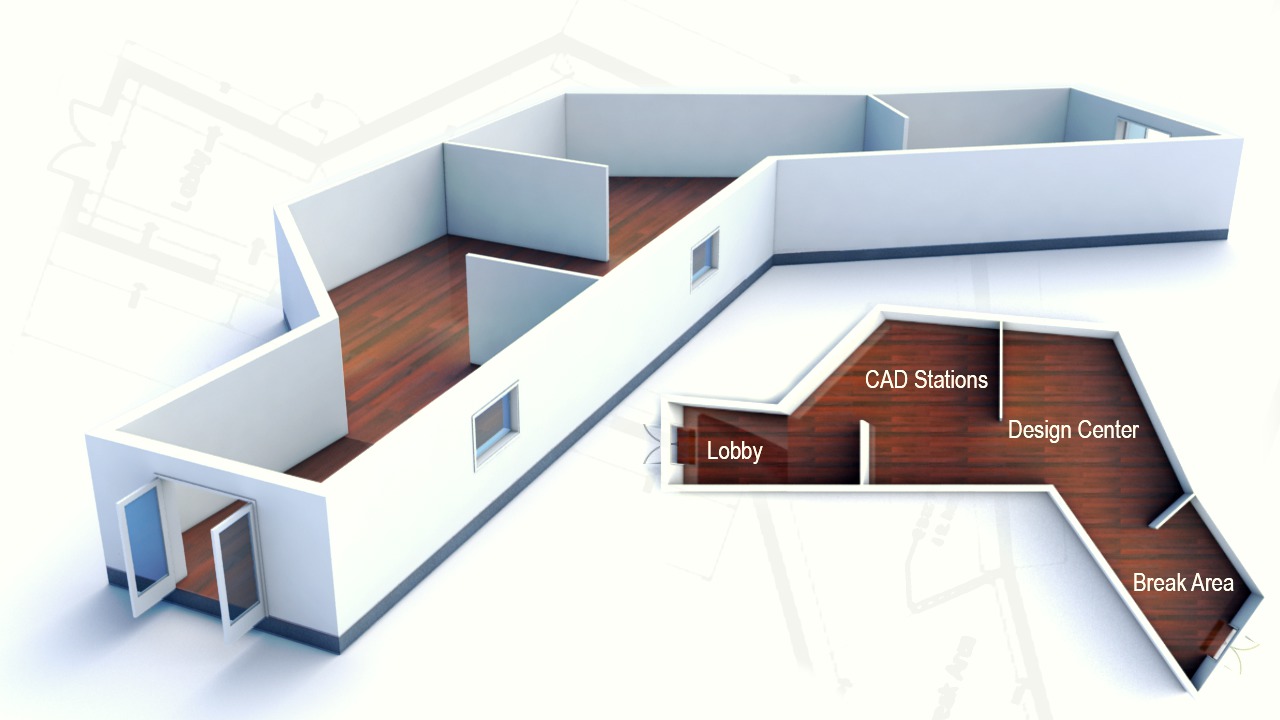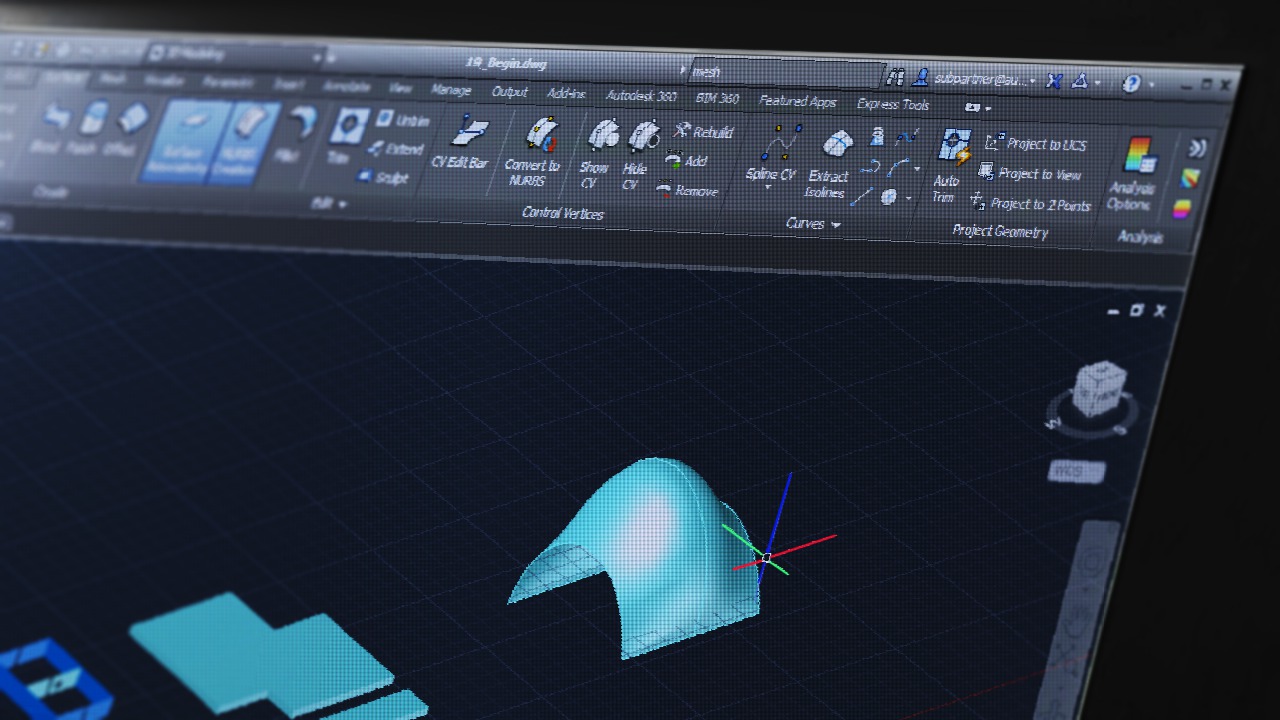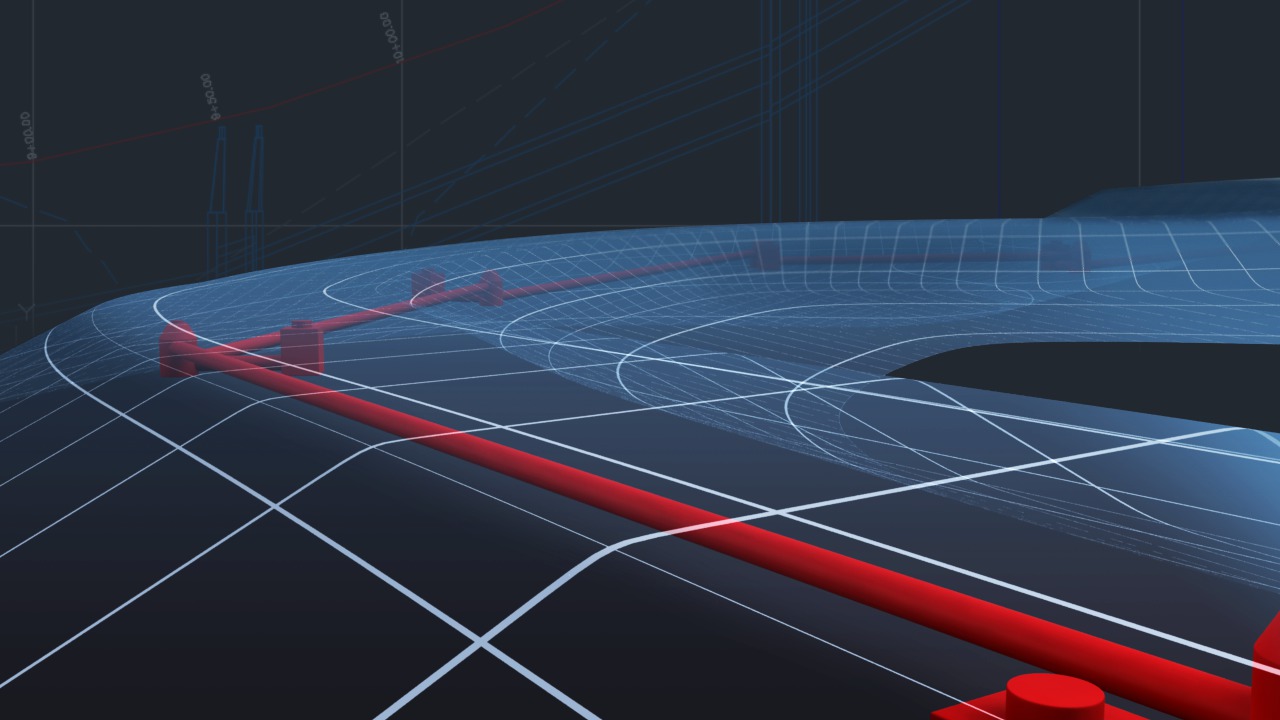Description
In this course, you will learn:
- The techniques required to solve complex modeling challenges in AutoCAD, while focusing on an innovative ebike design.
- How to create each 3D component of the bicycle model, including its frame, belt-tensioner mechanism, drivetrain, power components, brakes, wheels, axels, hubs, spokes, handlebars, and even the bicycle seat.
- The techniques (which can be applied to other mechanical models) cover extruding profiles, lofting 2D cross-sections, revolving profiles around an axis, filleting edges, smoothing mesh objects, sculpting complex NURBS surfaces, and much more.
Syllabus:
- Introduction
- Design surface model with AutoCAD
- What you should know
1. Get Set Up
- Navigate in 3D space
- Configure 3D workspaces
- Configure options
- Create layer and property filters for 3D modeling
2. Model the Bicycle Frame
- Extrude and patch a surface
- Manipulate the user coordinate system
- Use Offset and regions to generate surfaces
- Sweep a profile along a curved path
- Extrude and trim surfaces
- Revolve profiles
- Extrude a profile along a curved path
- Draft multiple cross-sections
- Loft surfaces from cross-sections
- Draw cross sections along a spline
- Loft with the Path option
3. Create the Belt-Tensioning Mechanism
- Adjust a lofted object's 3D form
- Sculpt a solid out of watertight surfaces
- Use Boolean operations on solid objects
- Model, a dropout to be sandwiched between plates
- Model fasteners
- Adjust and trim the bottom triangle
- Mirror the frame and belt-tensioning components
4. Build the Drivetrain Components
- Position cross-sectional drawings relative to a model
- Remove unwanted volume with Subtract
- Combine surface and solid modeling
- Configure sketches of sprockets
- Fillet edges and array sprocket components
- Create the drive belt as a solid object
- Duplicate and 3D rotate the sprocket
- Revolve, extrude, and subtract objects
5. Model the Rear Brakes
- Subobject editing and filleting edges
- Use region editing techniques
- Model fasteners that hold the rotor on the hub
- Use Boundary to generate a profile
- Create disk brake calipers welded onto the frame
6. Create the Rear Wheel
- Revolve profiles and manipulate layers
- Sweep a spoke along a 3D path
- Use Array and Mirror to fill the rim with spokes
7. Make the Power Components
- Build the drive unit using Extrude and Loft
- Model the cranks using the solid tools and point filters
- Smooth a mesh object
- Tilt-up and assemble extruded objects
- Use 3D Align to align a pedal with crank
8. Model the Front End
- Loft cross-sections to create a complex form
- Clean up 2D entities in preparation for 3D modeling
- Revolve boundaries to create surfaces
- Copy components from the rear to front axle
- Model the front hub
- Sweep spokes along 3D paths
- Adjust the front axle, acorn nuts, and spacer
- Copy and reposition the front brake calipers
- Copy the rim and tire to the front
9. Create the Handlebars
- Weld objects together with Fillet Edge
- Extract isolines from surfaces to loft new surfaces
- 10. Form the Battery Compartment
- Sculpt a NURBS surface using its CVs
- Loft between NURBS surfaces
11. Make the Seat
- Extrude and subtract regions
- Loft and revolve profiles
- Create a 3D path from the intersection of two extrusions
- Rebuild NURBS surface to optimize its control vertices
- Move CVs in multiple viewports
- Offset a surface and round its hard edges
- Clean up and visualize the entire bicycle









